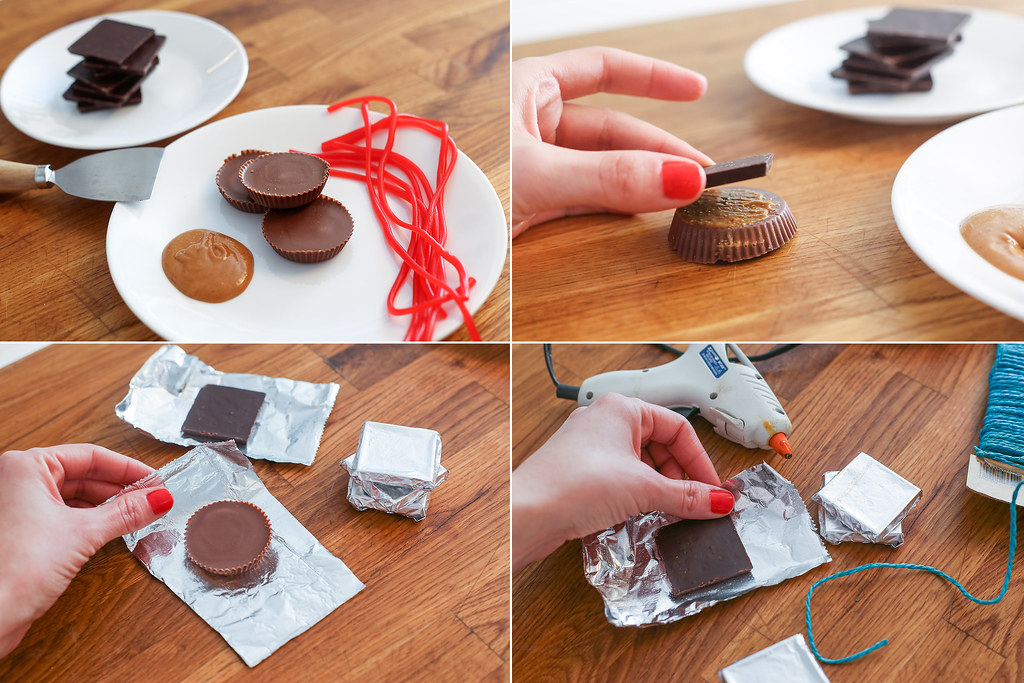The allure of crafting homemade chocolates has seen a significant upswing, riding the wave of a growing appreciation for artisanal and handcrafted foods. As more individuals venture into the rewarding journey of chocolate making, a sweet, nostalgic homage to ancient traditions unfolds right in the heart of modern kitchens. The history of chocolate traces back to ancient Mesoamerican cultures, notably the Maya and Aztec civilizations, who revered cacao beans as a divine elixir. The odyssey of chocolate, from the bitter, cherished beans of antiquity to the sweet, velvety richness savored today, embodies a remarkable alchemy. This metamorphosis of cacao beans into chocolate is not merely a journey of taste, but a saga that encapsulates centuries of tradition, innovation, and artistry.
Understanding The Core Ingredient: Cacao
The linchpin of delectable chocolate lies in the quality of its primal ingredient: cacao beans. Sourcing high-grade cacao beans is akin to laying a robust foundation for a culinary masterpiece. The cacao bean spectrum is adorned with three primary types, each bearing a unique bouquet of flavors:
- Criollo: Known for its delicate yet complex flavor profile and a subtle, lingering aroma. The rarity and superior quality of Criollo beans make them a prized possession among chocolate connoisseurs.
- Forastero: Boasting a robust, astringent flavor, Forastero beans are the workhorse in the world of chocolate, contributing to the bulk of its global production.
- Trinitario: A hybrid of Criollo and Forastero, Trinitario beans encapsulate a fine balance of exquisite flavor and robustness, rendering them a favorite among modern chocolatiers.
The essence of cacao extends beyond its flavor, nestling a treasure of nutritional virtues. Cacao is rich in antioxidants, notably flavonoids, which are revered for their potential to combat oxidative stress. Furthermore, it’s a commendable source of minerals like magnesium, iron, and zinc, alongside a suite of B vitamins.
Preparing Cacao Beans
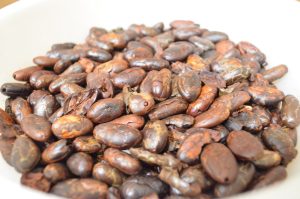
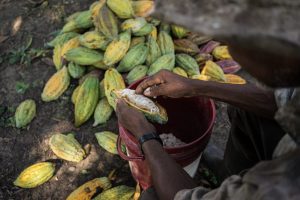
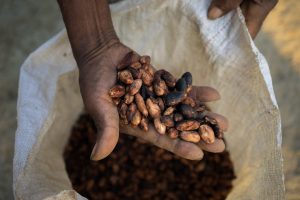
The journey of cacao beans from tree to chocolate bar is adorned with several pivotal stages, each contributing to the final flavor and texture of chocolate.
- Fermentation: This is the first post-harvest step, where the beans, nestled within the pulp, are allowed to ferment over several days. Fermentation is crucial as it helps in developing the preliminary flavors and reducing the astringency of the beans.
- Drying: Post-fermentation, the beans are spread out to dry under the sun. Drying is essential to halt fermentation and to bring down the moisture content, preparing the beans for the next stage.
- Roasting: The alchemy of roasting unlocks the quintessential chocolate aroma and flavor from the cacao beans. The roasting temperature and duration can be fine-tuned to elicit a spectrum of flavor notes.
- Winnowing: This process involves cracking the roasted beans and separating the cacao nibs from the husk. The nibs, now ready to be ground, are the heart of what will eventually blossom into delectable chocolate.
With each meticulous step, the cacao beans shed their raw guise, inching closer to becoming the beloved chocolate that will tantalize the palate and evoke a symphony of sensations.
Grinding and Conching
The narrative of chocolate making is a sensory tale, punctuated with various stages where the cacao bean gradually metamorphoses into chocolate. Among these stages, grinding and conching are pivotal in defining the texture and flavor profile of the chocolate.
Grinding is the crucible where the transformation begins. Cacao nibs, the essence of what will be an exquisite chocolate, are ground into a smooth liquid known as cocoa liquor or chocolate liquor. This process is vital as it minimizes the particle size of the cacao and sugar, which in turn influences the texture and mouthfeel of the final product. The smoothness of chocolate is a hallmark of quality, and the meticulous grinding process ensures a silken consistency that is a delight to the palate.
On the heels of grinding, comes the conching—a process named for the shell-like shape of the original vessels used. Conching is akin to nurturing the chocolate, where it’s continuously mixed and aerated in a warm environment. This labor of love mellows the flavors, develops the aromatic compounds, and rounds off the acidic edge, imparting a harmonious, well-balanced character to the chocolate. Through the orchestra of grinding and conching, the coarse essence of cacao gracefully matures into the sophisticated allure of chocolate.
Tempering and Molding
As the chocolate nears its final avatar, it beckons a precise science and art—tempering. Tempering is the choreography of cooling and gently re-warming chocolate to a precise temperature. This process orchestrates the alignment of cocoa butter crystals, fostering a glossy sheen and a satisfying snap, the quintessentials of a high-quality chocolate.
Molding follows the rhythm of tempering. The tempered chocolate is poured into molds and allowed to cool, solidifying into its final form. The artistry of molding is the canvas for chocolatiers to express creativity, whether by crafting classic bars or whimsical shapes that evoke a sense of wonder and nostalgia.
Experimenting with Flavors and Inclusions

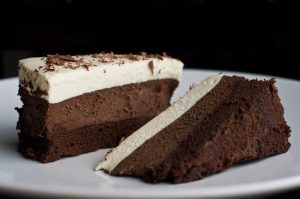
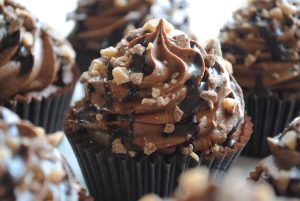
The world of chocolate is a playground of flavors, ready to be explored and savored. Daring pairings and gourmet inclusions can elevate the chocolate experience to new horizons:
- Infusions of exotic spices like cardamom or saffron, the zesty zest of citrus, or a hint of sea salt can create a tantalizing taste tapestry.
- Nuts like almonds, hazelnuts, or pistachios introduce a delightful crunch and a complementary, nutty flavor.
- Dried fruits like cherries, apricots, or figs add a sweet, chewy contrast, enhancing the depth of chocolate.
Moreover, the spectrum of chocolate—from the intense, profound dark to the creamy, comforting milk to the sweet, serene white—beckons a palette of possibilities. Varying the cacao percentages opens up a new dimension of flavors, textures, and taste experiences. Encouraging a spirit of experimentation not only fuels the joy of discovery but also the mastery of chocolate making, leading to a deeper appreciation of the delicate nuances and the boundless expressions of chocolate.
Storing Your Homemade Chocolate
Storing homemade chocolate properly is akin to preserving the artistry and labor that went into crafting it. The way chocolate is stored can markedly affect its texture, flavor, and overall quality. Here are some insights:
- Temperature: Chocolate thrives in a cool, dry environment. The ideal temperature range is between 60-70°F. It’s pivotal to avoid fluctuations in temperature as they can cause the chocolate to “bloom,” where cocoa butter or sugar crystals migrate to the surface, creating a whitish coating.
- Humidity: A low humidity level is crucial to prevent the chocolate from absorbing moisture, which can lead to a gritty texture.
- Odor: Chocolate can be quite the sponge for odors. It’s wise to keep it away from strong-smelling foods or substances to maintain its pristine flavor profile.
- Air-tight Containers: Storing chocolate in air-tight containers can shield it from moisture, odors, and temperature swings.
- Dark Place: Light, especially sunlight, can cause chocolate to discolor and may affect its flavor. Storing chocolate in a dark place is advisable.
Advancing Your Chocolate Making Skills
The path of chocolate making is one of perpetual learning, flavored with both tradition and innovation. For those with a sweet tooth for knowledge and mastery, several avenues can help hone the craft:
- Workshops and Courses: Engaging in chocolate-making workshops or enrolling in specialized courses can provide a hands-on learning experience, under the tutelage of seasoned chocolatiers.
- Chocolate Communities: The camaraderie among chocolate enthusiasts is a rich source of shared experiences, knowledge, and inspiration. Joining communities, both online and offline, can provide a supportive platform to exchange ideas, troubleshoot challenges, and celebrate chocolate creations.
Conclusion
The journey of making chocolate at home is a voyage of discovery, a celebration of the centuries-old love affair between humankind and cacao. Each step of the process, from bean to bar, is an invitation to delve deeper into the sensory world of chocolate, to explore the symphony of flavors and textures that cacao can orchestrate. The rewarding endeavor of making chocolate fosters not just a sweet indulgence but a profound appreciation for the meticulous craft and the timeless tradition. As you venture into the art of chocolate making, may each creation be a reflection of your unique taste and a tribute to the rich legacy of chocolate.

